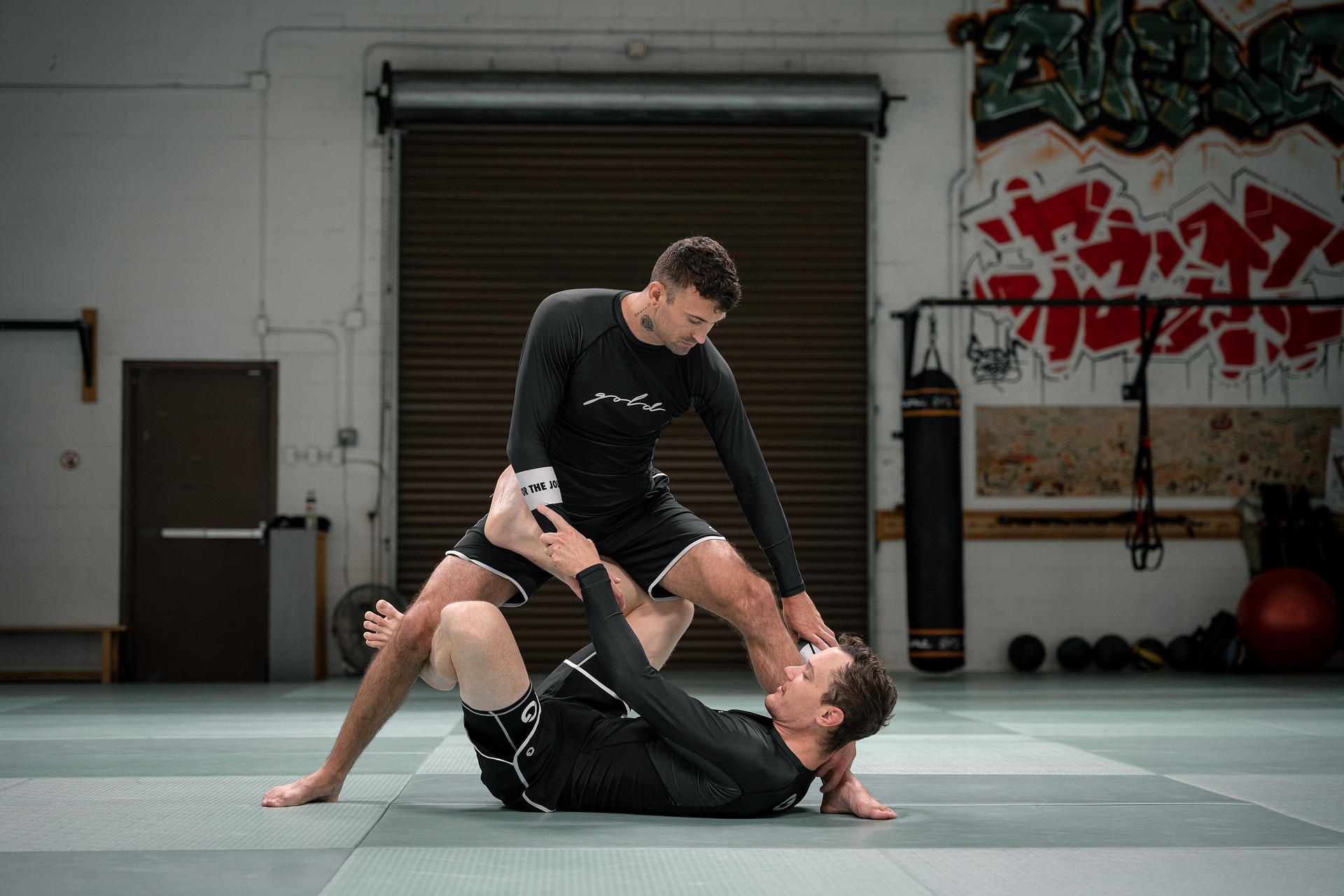Inside the Matrix: Understanding the Science of Sport Stacking
In the realm of speed, precision, and agility, a relatively obscure discipline has been quietly gaining momentum. Sport stacking, also known as cup stacking or speed stacking, is an activity that tests both mental and physical prowess. This article delves into this unique sport, exploring its history, current trends, and the science behind the stacking.
From Kitchen Table to World Stage: The Story of Sport Stacking
Sport stacking was born out of a simple kitchen pastime in the early 1980s. Wayne Godinet, a Boys & Girls Club director in Oceanside, California, noticed children stacking Dixie cups in unique sequences and patterns. Recognizing the potential for developing hand-eye coordination and dexterity, Godinet created the first standardized rules and equipment for the sport.
Over the years, sport stacking has made its way from the Boys & Girls Club to international competitions, with the World Sport Stacking Association (WSSA) now sanctioning events globally. The sport has also integrated into physical education curriculum in various countries, recognized for its benefits to cognitive function and physical coordination.
The Full Stack: Current Trends in Sport Stacking
Over the past decade, sport stacking has seen a surge in popularity, particularly in Asia. Countries like South Korea and China have become powerhouses in the sport, with their athletes consistently breaking world records.
With the advent of social media, the exposure and accessibility of sport stacking have increased. Athletes showcase their skills online, inspiring others to take up the sport. The current trend leans towards faster, more complex sequences, pushing the boundaries of human speed and dexterity.
The Science of Speed: Analyzing Sport Stacking
Sport stacking is not merely about speed. It engages both sides of the brain, promoting bilateral brain development. Studies have shown that the sport can improve hand-eye coordination, reaction time, and concentration.
The sport also presents unique challenges. The stacking sequences require athletes to perform rapid, precise movements while maintaining mental focus. This combination of physical and mental exertion can enhance cognitive function and promote neural plasticity.
In Practice: The Benefits and Challenges of Sport Stacking
The benefits of sport stacking extend beyond the competition floor. In the classroom, sport stacking has been used as a tool to improve focus, promote teamwork, and enhance cognitive function. Teachers and coaches alike have praised the sport for its positive impact on students’ concentration and academic performance.
However, the sport is not without its challenges. High-level competition requires intense training and precision, with athletes often facing pressure to break their personal bests or set new world records. Despite these challenges, athletes continue to push the boundaries of human speed and skill, demonstrating the power of perseverance and dedication in sport stacking.
The Future of Stacking: A Sport on the Rise
With its increasing popularity and recognized cognitive benefits, sport stacking is poised for significant growth in the future. As the sport continues to evolve, new techniques and strategies are emerging, pushing the limits of what was previously thought possible in sport stacking.
Sport stacking may not have the mass appeal of traditional sports like football or basketball, but its unique blend of speed, skill, and cognitive benefits make it a fascinating discipline. As we continue to explore the depths of human potential, sport stacking serves as a testament to the power of the human mind and body in harmony.





